Yes, it’s worth it, but the only modern run-flat tires.
Truly, I don’t try run-flat tires myself but I have a friend who is a big fan of this technology of tires. so I get help from him to transfer all his practical advice to you.
In this article, I have collected all updates of run-flat tire technology to help you make the right decision.
Let’s start our journey with run-flat tires. We will discuss how run-flat tires work, the pros and cons of run-flat tires, the superiority of modern run-flat tires, and finally some precautions when driving deflated run-flat tires.
What are run-flat tires and how does it work?
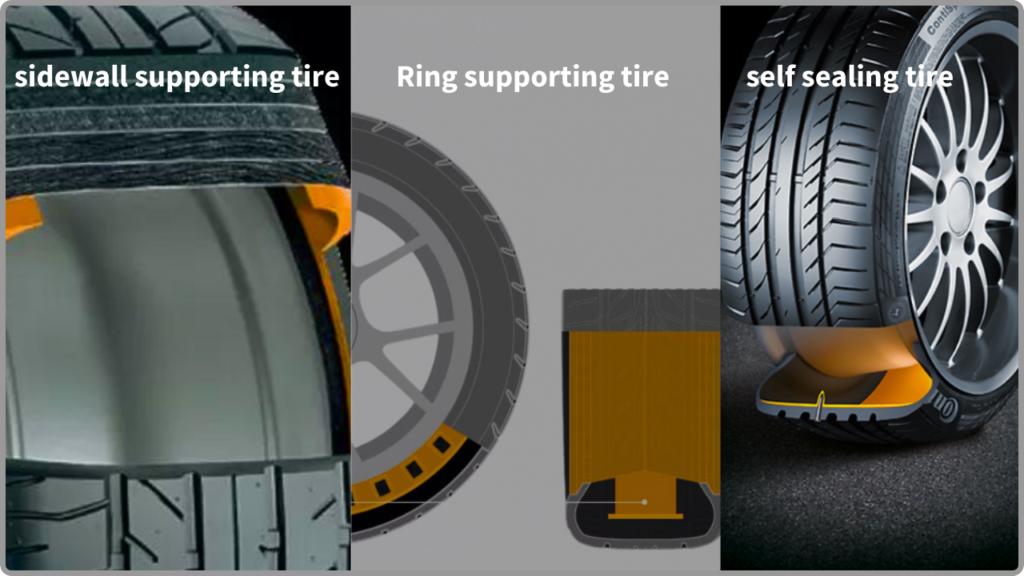
Run flat tires ( RFT) or zero pressure tires is a technology of the tires which has the ability to run the tire ideally for a certain distance and at a specific speed in case of low tire pressure or tire puncture.
These tires can run underinflated or deflated for 50 miles at a speed of 50 mph, but you have to check the manufacturer’s specifications to find how far and how fast you can drive on deflated run-flat tires.
To be honest, the real reason why tire manufacturers innovate those tires is to improve the safety and steering response in high-end sports cars in case of tire failure.
How can run-flat tires run with no tire pressure?
The favor of that feature is due to reinforced sidewall construction. The strong structure of the tire sidewall can carry the vehicle weight and maintain the tire structure even with low-pressure tires.
There are 2 primary types of run-flat tires.
- Self-supporting tire. The most common type of reinforced sidewall.
- Auxiliary supported or support-ring tires. It is a tire with an internal ring of hard rubber or another component that lives inside the tire at the central part around the rim.
- This hard structure is responsible for supporting the car weight in case of air escaping due to tire puncture or any other reason.
- Support ring tires are typically used in armored cars, military vehicles, and security trucks.
- Self-sealing tire. Actually, it is not categorized as run-flat tires that can run with no tire pressure, however. It is a great technology that contains a sealing material layer lining the internal tread part of the tire.
If the self-sealing tire gets a nail not longer than 5 mm, the nail comes straight back out and the sealing material immediately blocks the hole so as to prevent air from escaping.
Although the sealant tires have the same life span as conventional ones, they are more expensive and not quite available in tire shops. ( only continental and Pirelli tire makers produce self-sealing tires)
Unlike run-flat tires, self-sealing tires can be mixed with regular tires.
What are the pros and cons of run-flat tires?
I have prepared all the strengths and weakness points of run-flat tires based on customer reviews and real experiences. Let’s go.
Pros of run-flat tires.
- Ability to run under-inflated or deflated. Reinforced sidewall tire structure allows tires to continue operation for an adequate distance till you reach the nearest tire shop.
- Safety. Unlike regular tires when punctured, a run-flat tire does not obligate you to change the wheel, especially if you don’t know how to do that.
- No sudden and violent change in handling and steering response could happen when tires suddenly lose the air and so no consecutive damages occur with these tires.
- Run flat have cooling fins in the sidewall which can dissipate the heat generated from tire spin.
- It is also convenient for all weather so no need to change the tire according to the climate condition.
- Some people wrongly thought of the advantage of lower vehicle weight due to the elimination of spare wheel and tire repair tools
The truth is that run-flat tires themselves are heavier than traditional ones due to extra force in the tire sidewall.
The crucial advantage that I have seen in my friend’s car is the extra space in his vehicle trunk so he can establish extra row seats.
Cons of run-flat tires.
- Run-flat tires are significantly more expensive than normal tires.it is about 30% more expensive.
- Bad ride experience and high fuel consumption. Reinforced sidewall makes the tire much heavier and stiffer so it doesn’t absorb the potholes impact like regular tires.
- Reduced tread lifetime. When I asked the number of run-flat tire owners about the miles that the tires can go? They said it depends on driving behavior but generally they replaced their tires every 6000 miles which is very low compared to 40000 miles of regular tires.
- These tires can’t pair with conventional tires due to differences in the structure. So if you want to equip it to your vehicle you have to replace all 4 regular ones.
- Must apply TPMS ( tire pressure monitoring system).Because You will never notice any bulge in the stiff sidewall in case of low tire pressure.
- Some run-flat brands create more road noise inside the vehicle.
- Cars with run-flat tires get bent or cracked rims more easily.
- It can’t be repaired. If you run with a tire of minimal tire pressure below 15 psi for some period, the run-flat tire will lose its rigidity so you have to replace this tire as it can’t be repaired.
- Limited availability and selections. It is hard to find the specific size of run-flat tire you need as well as not all tire shops sell those tires.
- The possibility of tire blowout still exists in the case of:
- If the driver exceeds the distance and speed limitation of the tire manufacturer.
- If the tire gets punctured at its sidewall where the area of support is.
Many tire manufacturers and sports drivers say the safety of run-flat tires outweighs the drawbacks of cost and low riding quality.
Why are 4th generation run-flat tires really fine to acquire?
Before this question, you might have decided not to buy a run-flat tire but wait! The journey is still going. Tire manufacturers innovate modern run-flat tires that improve the drawbacks of old generations.
- Improved steering and dry handling to be the same as conventional tires.
- Eliminate both low comfort ride and low wet grip disadvantages found in the old generation.
- More quiet than before.
- You will see no difference in wet handling and wet braking ( aquaplaning performance ) between traditional and modern run-flat tires.
- Also, the tread life is almost the same as normal tires however you still pay more for run-flat tires.
- Modern run-flat tires are fitting to normal wheels ( old cars).
Roughly 16% of new vehicles sold in the US are standard with run-flat tires. This percentage has been stable for years but it is expected to grow with modern tires.
To be conversant with updates, I have picked up 2 surveys conducted by JD Power to measure the satisfaction of run-flat tire customers.
- The first survey shows (overall satisfaction with tires is lower when vehicles are equipped with run-flat tires compared with when they are equipped with standard tires)
- The second survey shows a noticeable improvement in customer satisfaction with run-flat tires than before.
Why can’t you mix run-flat tires with normal tires in the same vehicle?
From the practical advice of my friend, it’s best to never equip conventional and run-flat tires simultaneously. Due to.
- It will cause an imbalance in car handling response due to different sidewall structures.
- The different thicknesses of the tires cause improper stability especially in round corners and at highway speeds.
- Over time there will be a difference in tread depth as run-flat tires wear faster. So you will not replace all tires at the same time as it is recommended.
Can I normally drive the vehicle with deflated run-flat tires?
Yes of course, this is why run-flat tires are created but you have to take care of some tips till you reach a safe place.
- You can’t drive for longer distances exceeding 50 miles or at high speeds over 50 mph ( check manufacturer specifications).
- Attempt no sudden steering moves, because your vehicle is slightly pulling toward the deflated tire but you still have full control of the car.
- For more precaution, try to allow longer braking distance.
- You have to avoid hitting potholes or hard objects that can cause tire blowouts.
- If you notice a horrible grinding noise or massive vibration, you should stop the car and call a tow truck. As the tire might blow out.
Eventually, the run-flat tires are actually a safe haven in dangerous situations, but you shouldn’t expect the normal response from the punctured tires anyway.
To warp up.
I wish that I had given you all the information you needed to decide whether you should replace your tires with run-flat tires or not, but The final decision is up to you.
In case you want to continue our journey. You can check the best run-flat tires now.

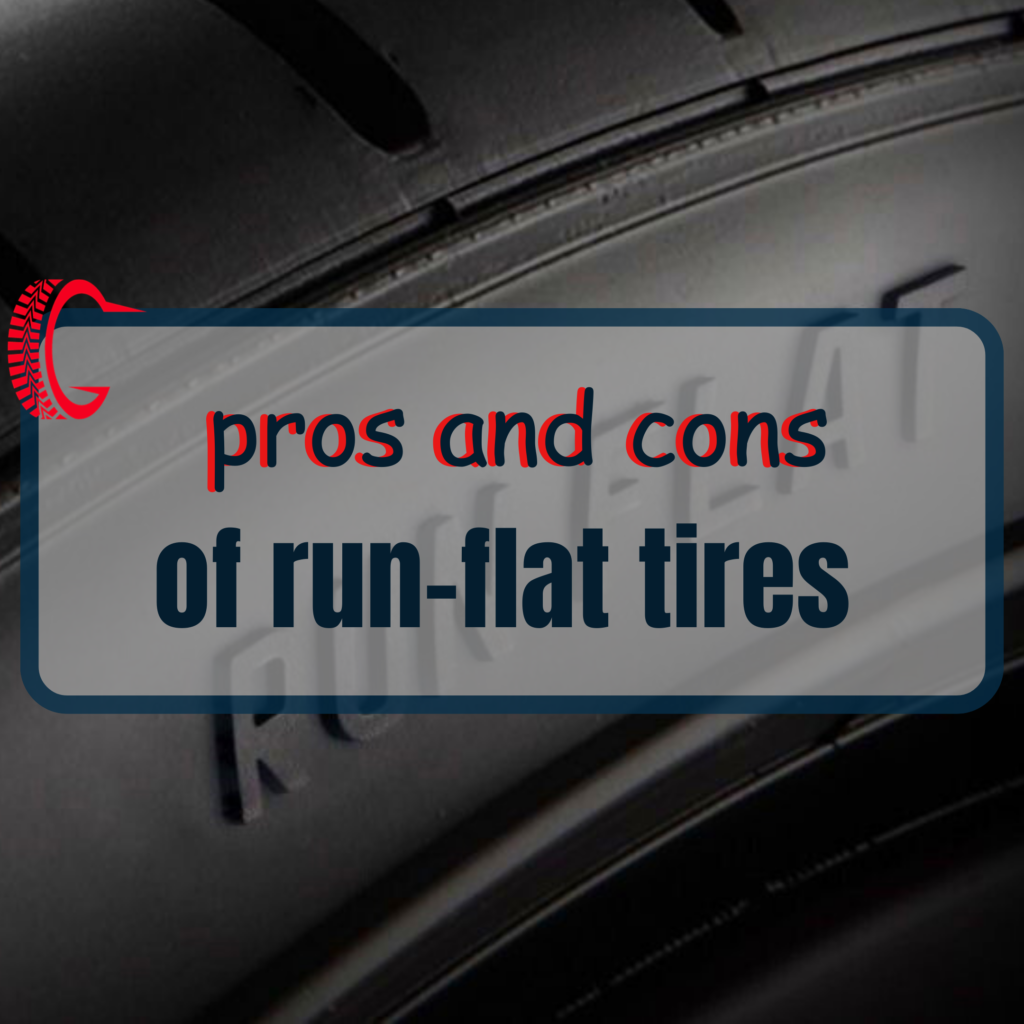
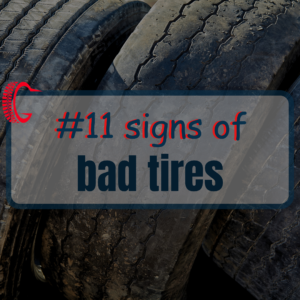
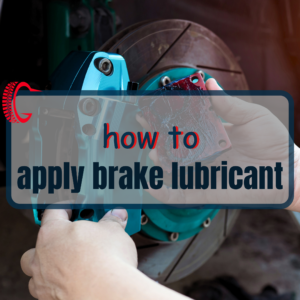
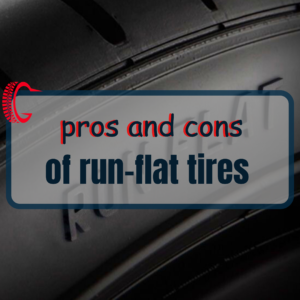
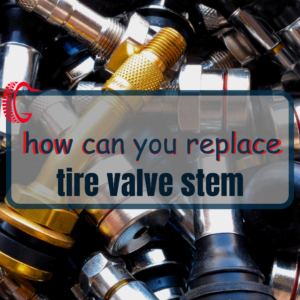
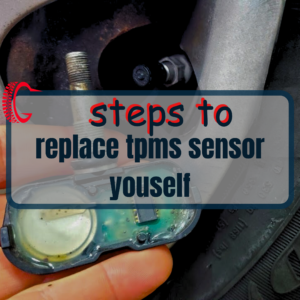
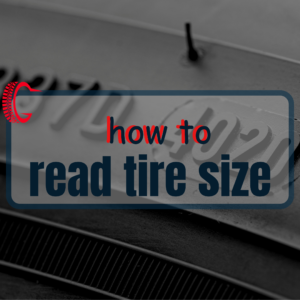
7 thoughts on “is it really worth purchasing run-flat tires?”
I am sure this paragraph has touched all the internet viewers, its really really nice post on building up new website.
Hi there, this weekend is nice in support of me, as this time i am reading this great informative
piece of writing here at my residence.
Interesting blog! Is your theme custom made or did you download it from somewhere?
A design like yours with a few simple adjustements would really make my blog
stand out. Please let me know where yyou got your theme.
Appreciate it
thank you for your comment , it is custom made , i do it my self
regards
Interesting blog! Is your theme cuhstom mad oor did you download iit from somewhere?
A design like yourts with a few simple adjustements
would realy mzke my blog stand out. Please llet me know wgere you
got your theme.
Have you ever considered about adding a little bit more than just your articles? I mean, what you say is important and all. But think about if you added some great images or video clips to give your posts more, “pop”! Your content is excellent but with pics and video clips, this website could certainly be one of the most beneficial in its niche. Excellent blog!
Thanks for your feedback, i will consider it , thanks alot.